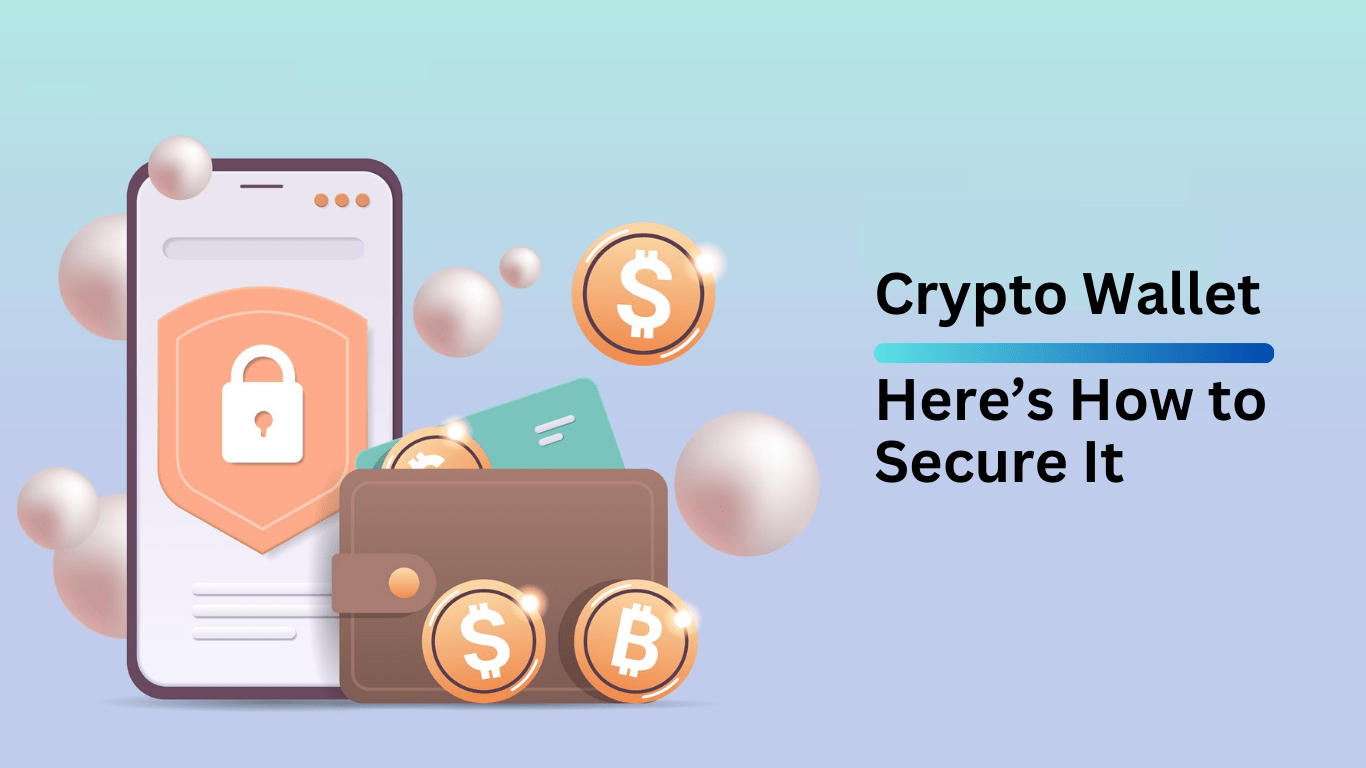
Is Your Crypto Wallet Safe? Here’s How to Secure It

A crypto wallet functions like a wallet for storing cryptocurrency. It is a software application that enables keeping cryptos online, just like individuals keep cash and cards in their wallets. The security of the crypto wallets is one of the biggest advantages that encourages users to invest in cryptos. However, some common threats may emerge while using crypto wallets. It is in the best interest of crypto users to be aware of these threats and know how to mitigate them.
1. Trojan Threats
Crypto wallets are of two types: hot and cold wallets. The cold wallets are generally more secure and are offline. Hot wallets are less secure and are online. Trojan malware apps are some of the most common vulnerabilities of wallets. This malware can misuse the interlinks of wallets and siphon off money, thereby, causing financial losses. It can also compromise the security of devices and can perform unauthorized tasks. Some trojans can also bypass verification threats. However, the use of cold wallets can significantly reduce this threat from exasperating.

2. Crypto Wallet Apps Attacks
Crypto wallet apps are responsible for the integrity of the platform that acts as the transactional dependency between blockchain and mobile client. There are harmful malware that use jailbreaking, and rooting to interfere with the app blockchain. These attacks are largely preventable by ensuring strong code obfuscation techniques. If users can prevent apps from running on rooted devices, then app attacks can be reduced considerably.
3. Protection of Private Keys
Passphrases and private keys should be used only while transacting. This can considerably reduce the malware on connected devices. SD cards, memory storage without encryption features, application sandboxes, and clipboards are some of the ways where unauthorized users can access private keys. The implementation of encryption systems is the most common way to avert this threat. Moreover, it also improves data storage.
4. Guarding Passphrases
There can be a significant amount of security threats while guarding passphrases. These include overlay attacks, keylogging malware, and over-the-shoulder attacks. Sharing of screenshots, or screen recordings significantly exposes confidential information. Developers need to be careful and implement measures to prevent these threats by ensuring a better input protection system.
Also Read: How to Spot a Crypto Scam: A Complete Guide
5. Man-in-the-Middle (MitM) Attacks
MitM attacks, trojan attacks, and TCP Reset attacks are uncommon attacks of both decentralized and centralized exchanges. The enforcement of SSL/TLS and implementing cipher suites can prevent these attacks. The data-in-transit may include passphrases, amounts, and transactions. These are the most vulnerable to MitM attacks.
Conclusion
The attacks on crypto wallets are preventable most of the time. Therefore, users and developers should take precautions and not have a casual approach regarding security. Precautionary steps like having strong passwords, double encryption systems, and the best-inbuilt security systems can reduce these attacks. Uncommon attacks such as MitM attacks can be significantly averted by developers themselves.





Leave A Comment